It is hard to imagine an experience more enthralling than being surrounded by adorable wild animals in their own idyllic environment. From cheeky monkeys to rare squirrels, we have discovered 8 animals who rule the roost on their own private islands! Bucket list vacation, anyone?
1/8 Rabbit Island, Japan
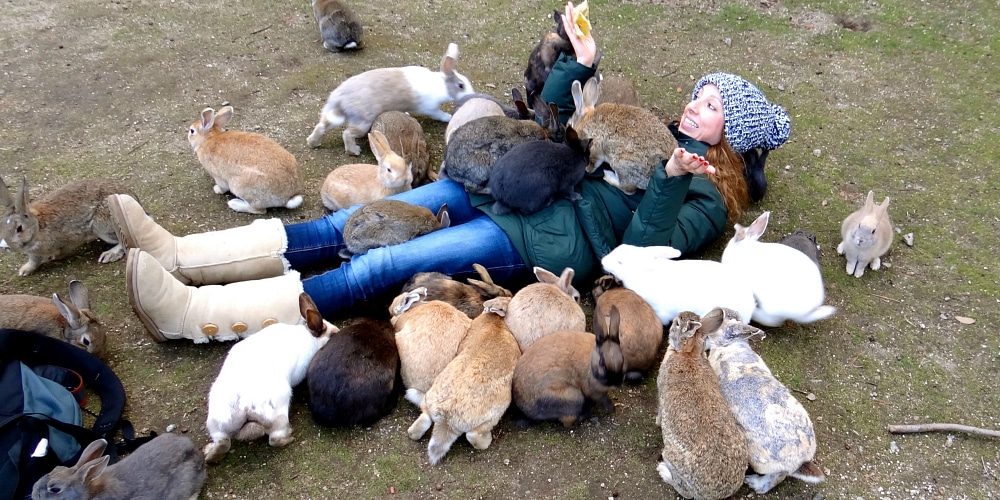
Photo: Dale Rutledge @ traveler.marriott.com
A happy island with a sad past, Okunoshima is home to hundreds of adorable fluffy bunnies. The original rabbit residents were the laboratory animals that were released into the wild after its closure. The rabbits bred like, umm, rabbits, and nowadays visitors flock to the island to see and interact with them. Bunnies can be seen hand-feeding from visitors and even stampeding those who hold out offerings of food!
2/8 Aoshima Island of Cats, Japan
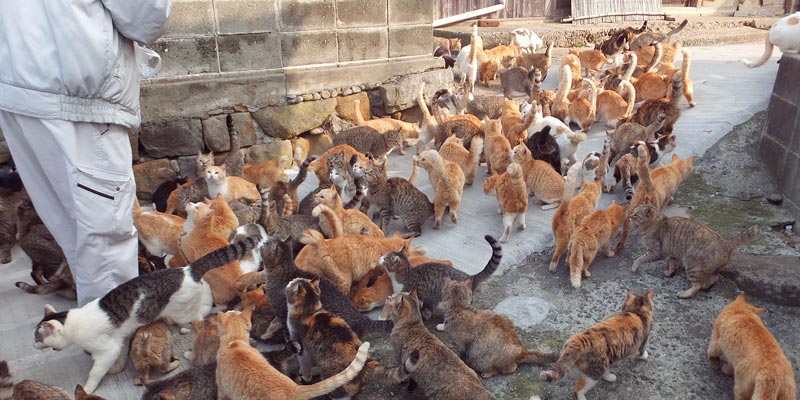
One of around a dozen feline-ruled islands off the coast of Japan, Aoshima is one of the smallest at just one mile long. Cats were introduced by sailors who kept them on board their boats to keep mice at bay; today cats outnumber humans, 6:1.
The 15 local villagers take care of the cats and provide food for them at designated feeding points throughout the island, with tourists bring more food for the cats on regular ferries.
3/8 Assateague Island, Virginia & Maryland
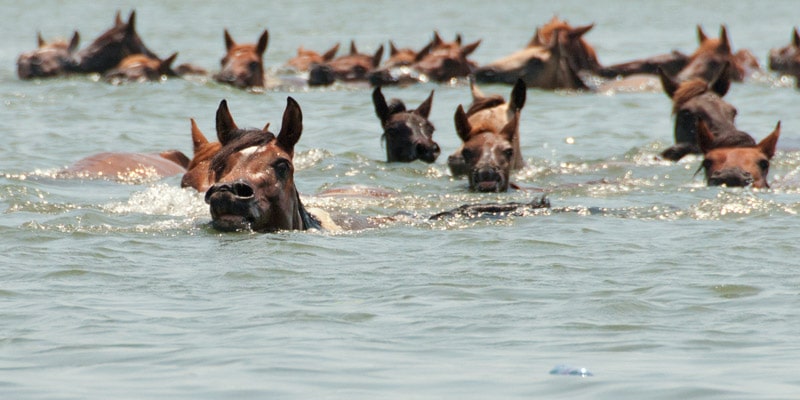
If “My Little Pony” is a staple favorite in your household, Assateague Island may be the perfect family travel destination. Wild ponies roam the grasslands of this shared-state island, with Maryland and Virginia each claiming half.
Although the horses are wild, there are plenty of other activities to keep little ones entertained on a day trip: crabbing, biking and kayak tours make this an ideal place for kids to make memories.
4/8 Fox Village in Miyagi, Japan
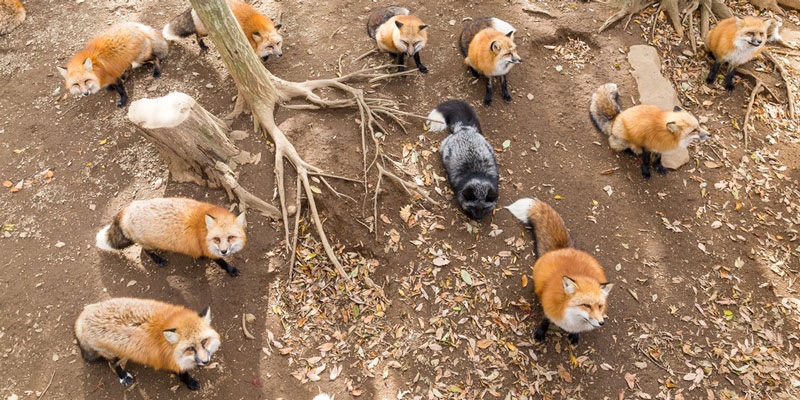
This woodland oasis is actually a sanctuary for six different species of fox, and visitors entering the sanctuary have the novel experience of being surrounded by the crafty creatures.
Just like in traditional Western tales, foxes in Japan are thought to be sly and cunning, but are also revered as having mystical powers. Sanctuary guides show visitors how to correctly feed the residents as although they may look cute and fluffy, they are not domesticated!
5/8 Red Squirrels on Brownsea Island, England
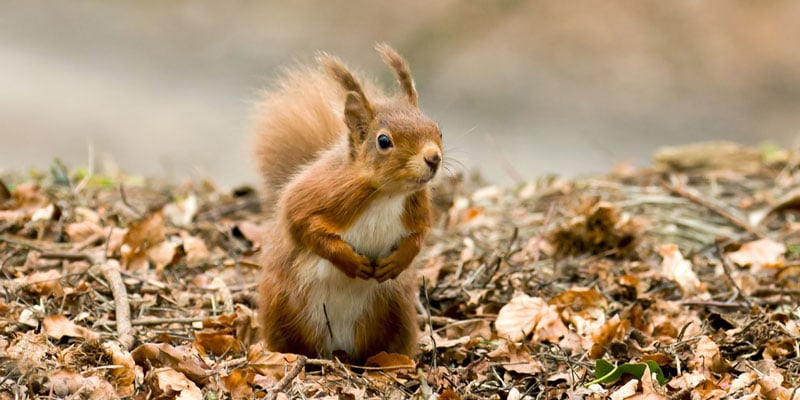
This picturesque island off the south coast of the U.K. is home to the rare red squirrel. Having been driven out of their natural habitat by the introduction of the grey squirrel, it is a real treat to catch a glimpse of their bushy tails bounding through the beautiful island.
From coloring pages at the National Trust visitors’ center to craft days, the whole family will be thoroughly entertained in this special place. You may even see a squirrel or two close up thanks to the thoughtfully placed squirrel-feeders dotted around the island!
5/8 Seal Island, South Africa
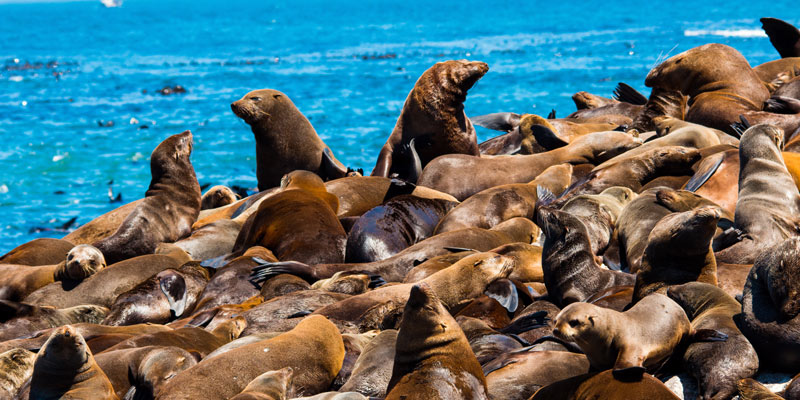
Watching these plump creatures sunbathe in the South African sun is a real treat. After a few attempts at human habitation, the resident seals were left alone and are now the head honchos on the island’s 5 acres.
More than 64,000 of them live in peace among the rich fishing waters off the Northern Bay beaches near Cape Town – that is, for some of the year. From June to September shark season means that the seals have to be careful while hunting in the “Ring of Death” around the island, or risk becoming shark snacks!
7/8 Monkey Island, Puerto Rico
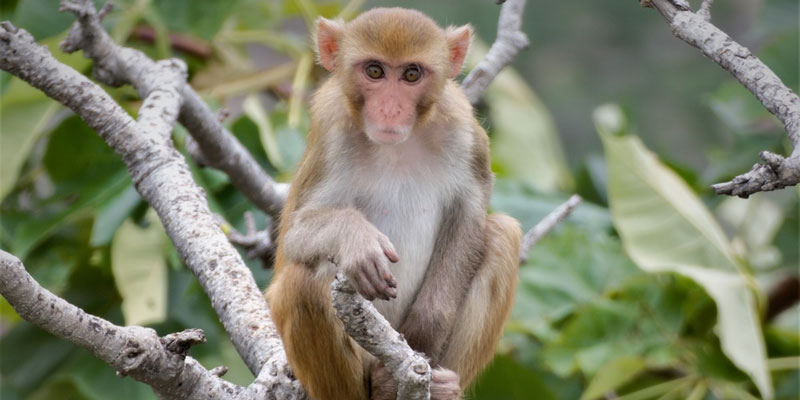
Another group of animals that thrived after being involved in testing labs, the clan of Rhesus monkeys that live on “Cayo Santiago” has grown to around 1,200 in number.
Scientists from Harvard University now carefully watch the monkeys for conservation research. Visitors can watch the cheeky chimps from kayaks on a day trip as people are not allowed onto the island; even a playful bite could be nasty!
8/8 Deer Town in Nara, Japan
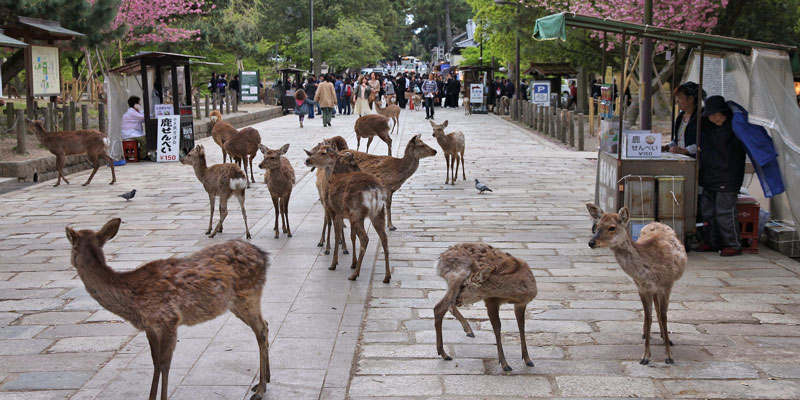
Japan again! (What is it with this place and animals?) In Nara, deer roam freely. Since as long ago as the 12th century, the Japanese have regarded deer to be a symbol of good luck and as messengers of the gods. Until 137, killing a deer was punishable by death and they are still protected by Japanese law, which explains how they have bred so extensively.
These friendly animals are a national treasure. In Nara about 1,200 of them whey wander freely and are happy to be petted by visitors. Rumour has it, if you bow to one, it’ll bow back.

